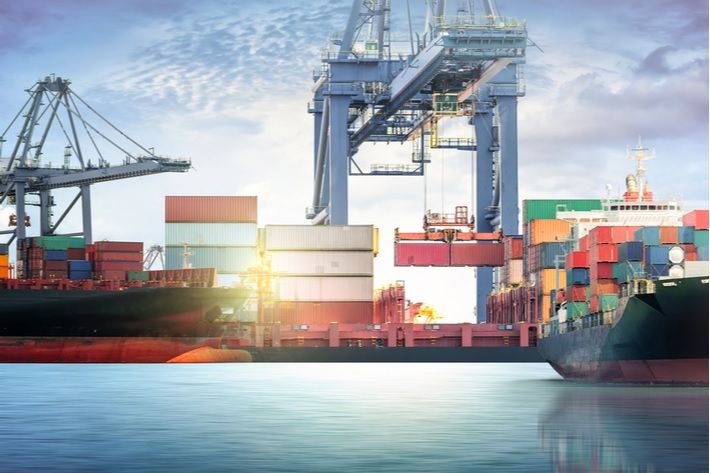
“Retailers are importing record amounts of merchandise to meet consumer demand, but they also have an incentive to stock up before inflation can drive costs higher,” NRF vice president for supply chain and customs policy Jonathan Gold said in a release.
“Whether it’s freight costs or the wholesale cost of merchandise, money retailers save is money that can be used to hold down prices for their customers during a time of inflation. In addition, retailers are preparing for any potential disruptions because of the West Coast port labour negotiations, which are set to begin next week. NRF has previously encouraged the parties to remain at the table and not engage in disruptions if a new contract is not reached by the time the current agreement expires July 1,” he added.
US ports covered by tracker handled 2.34 million twenty-foot equivalent units (TEU) in March. That was up by 10.8 per cent from February and up by 3.2 per cent year over year. It also topped the previous record of 2.33 million TEU set in May 2021 for the number of containers imported in a single month since NRF began tracking imports in 2002.
Ports have not yet reported April numbers, but the tracker projected the month at 2.27 million TEU, up by 5.7 per cent from last year. May is forecast at 2.3 million TEU, which would be down by 1.4 per cent from last year but nonetheless the third-highest level on record.
“Consumer spending is growing faster than income growth, perhaps as shoppers buy ahead of expected rising prices,” Hackett Associates founder Ben Hackett said.
“Importers are doing much the same as they continue to replenish their inventories. Doing so will protect them against potentially rising freight costs, further delays in the supply chain and complications in upcoming labor negotiations at US West Coast ports,” he added.
ALCHEMPro News Desk (DS)
Receive daily prices and market insights straight to your inbox. Subscribe to AlchemPro Weekly!